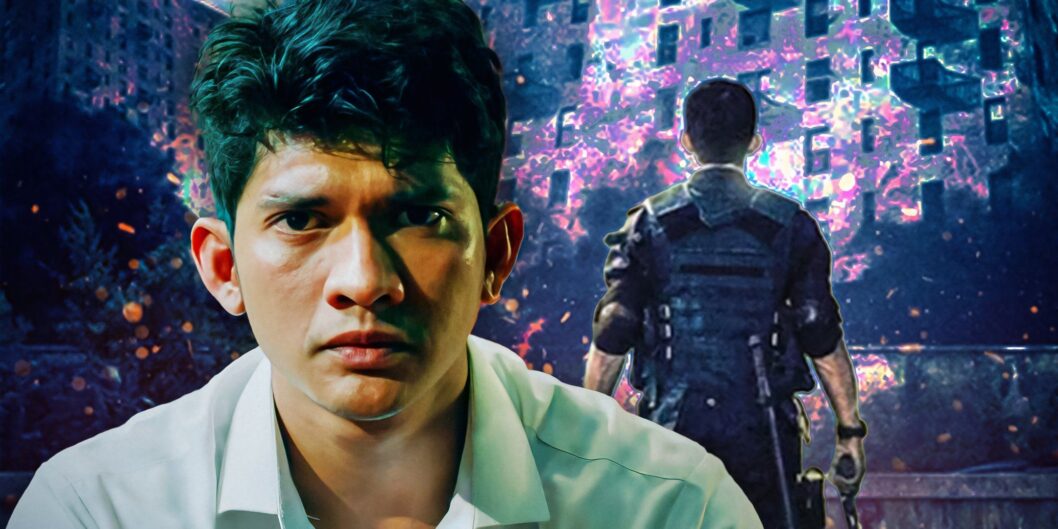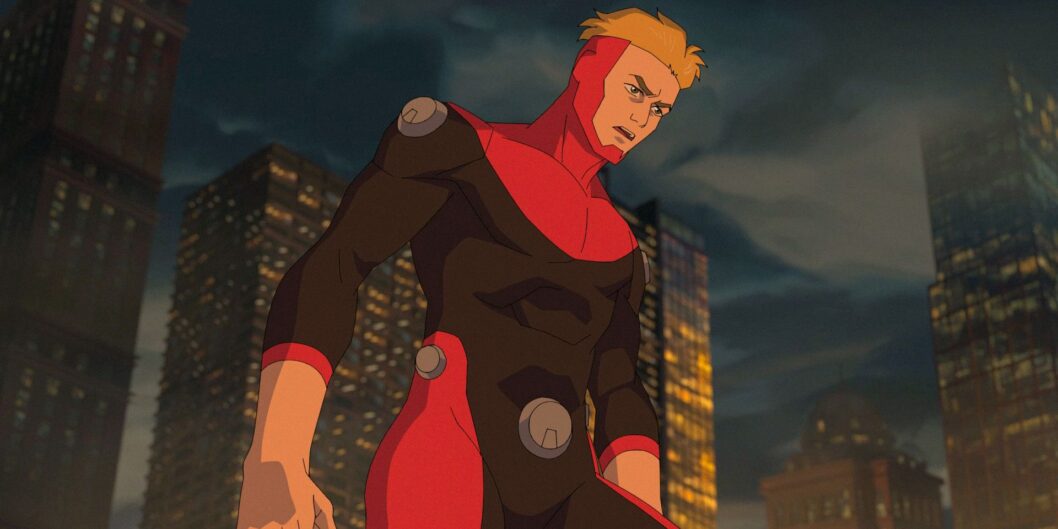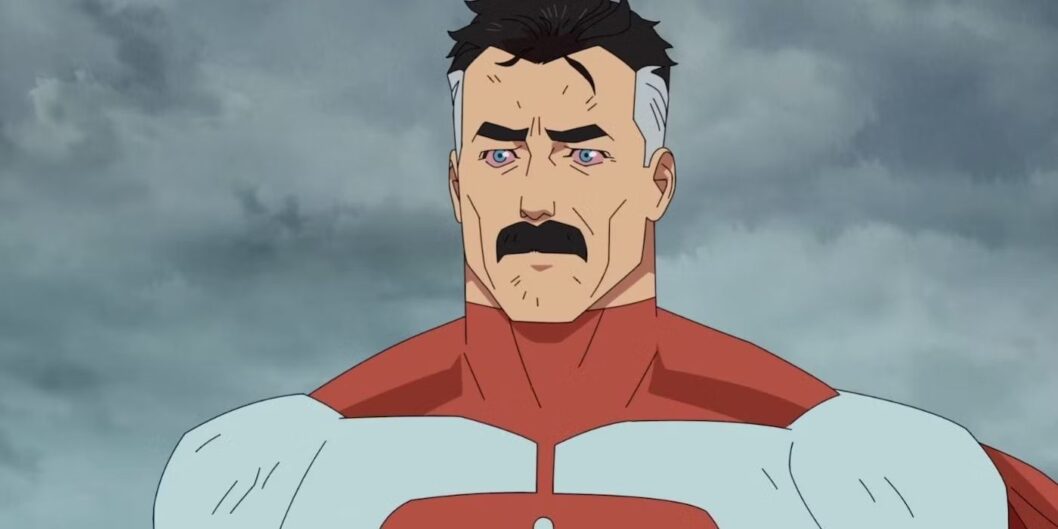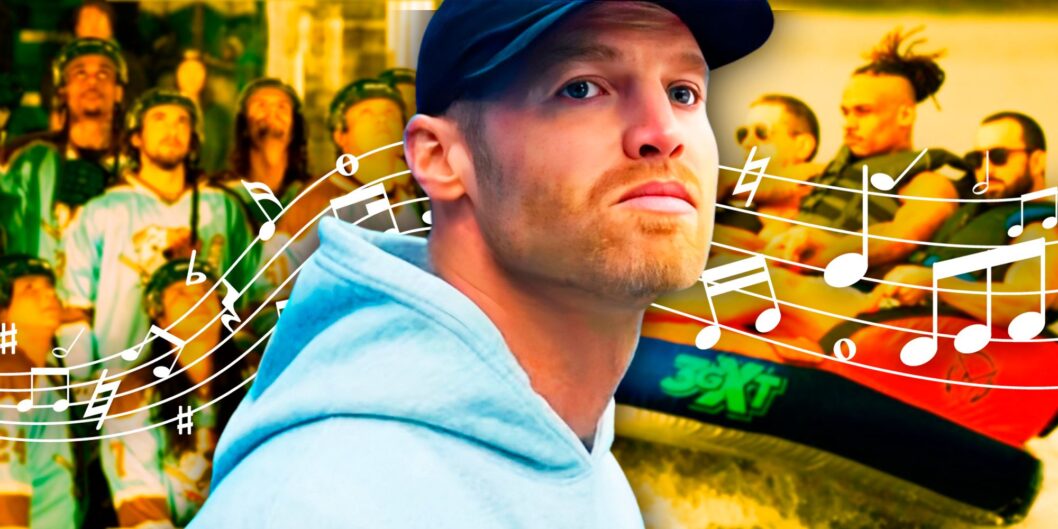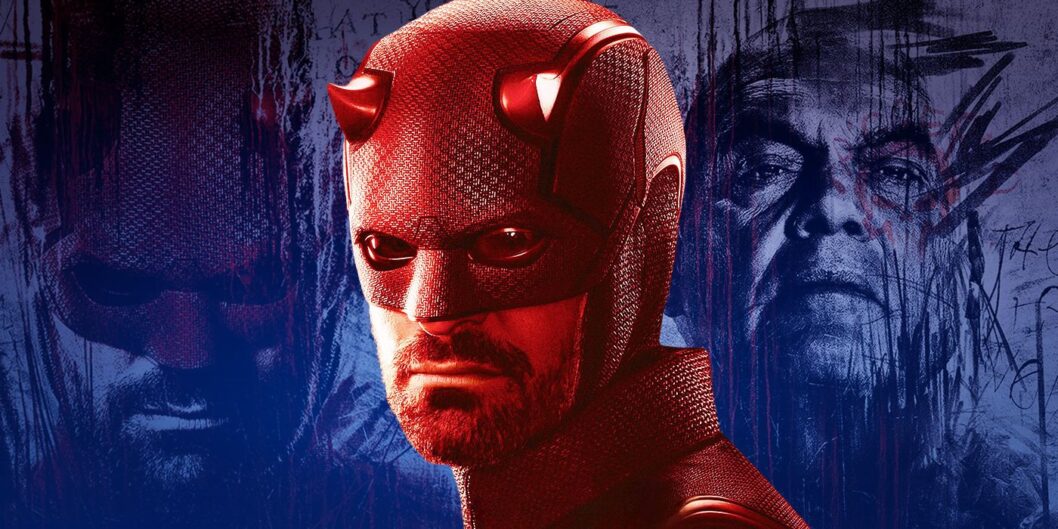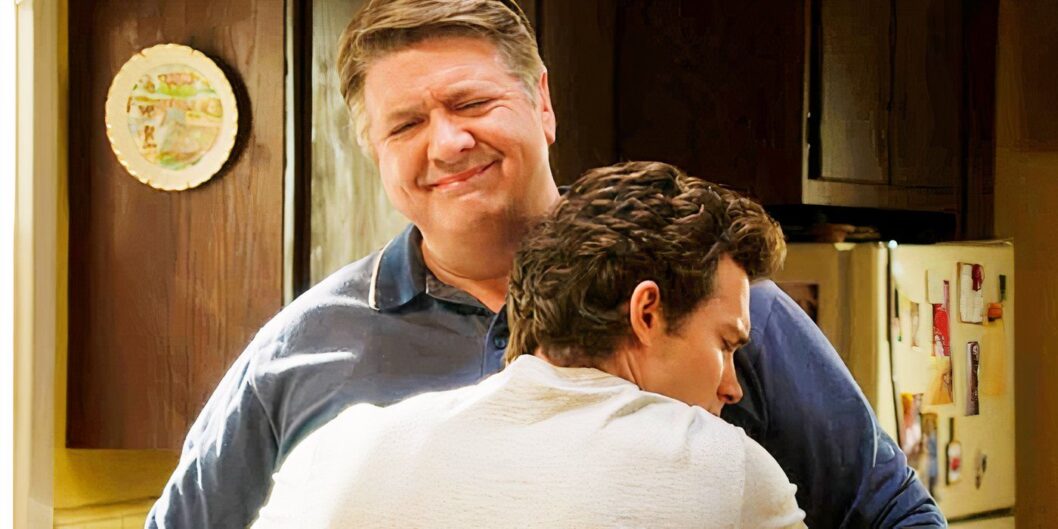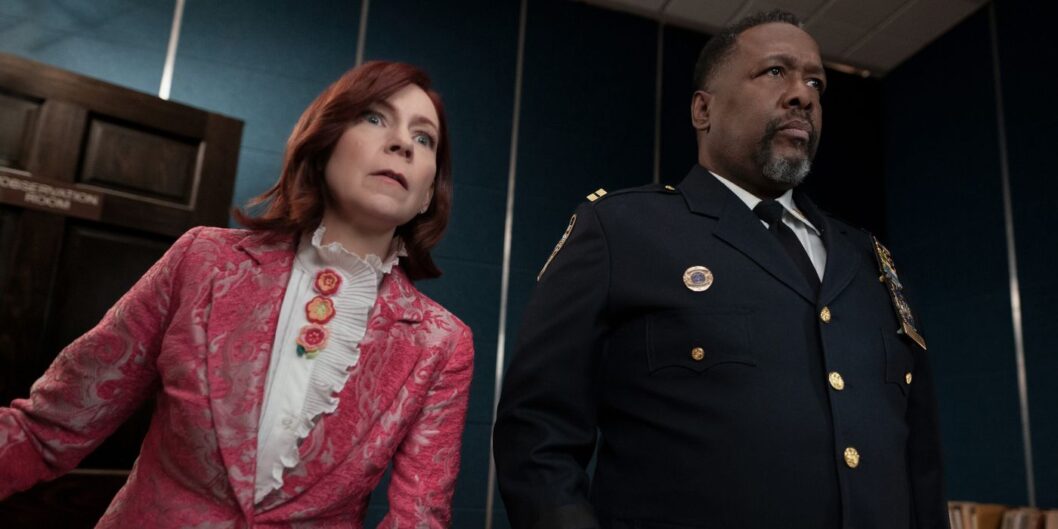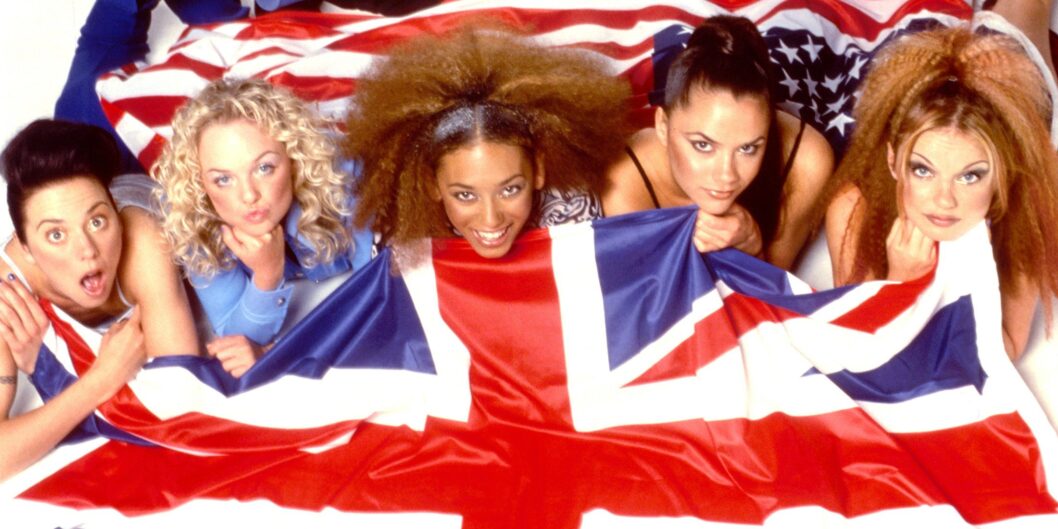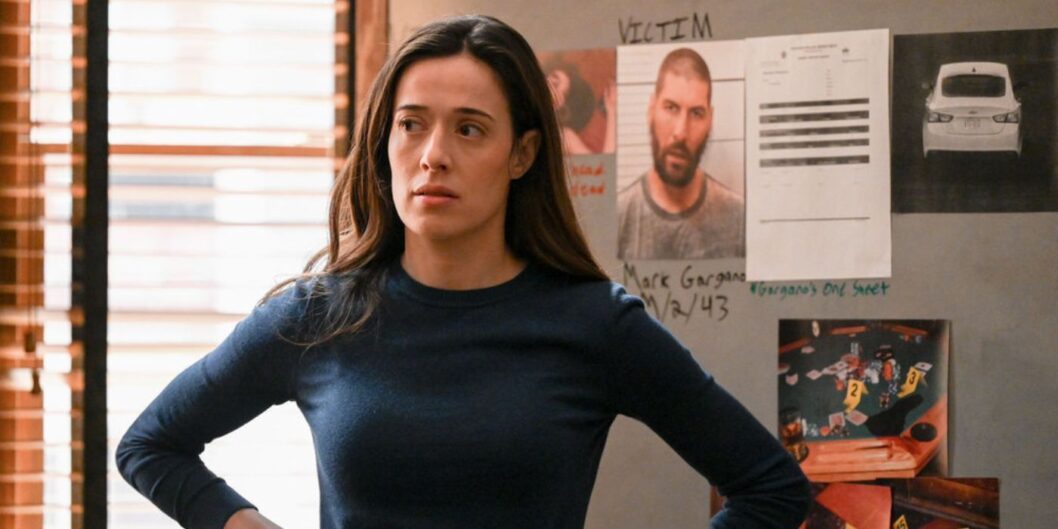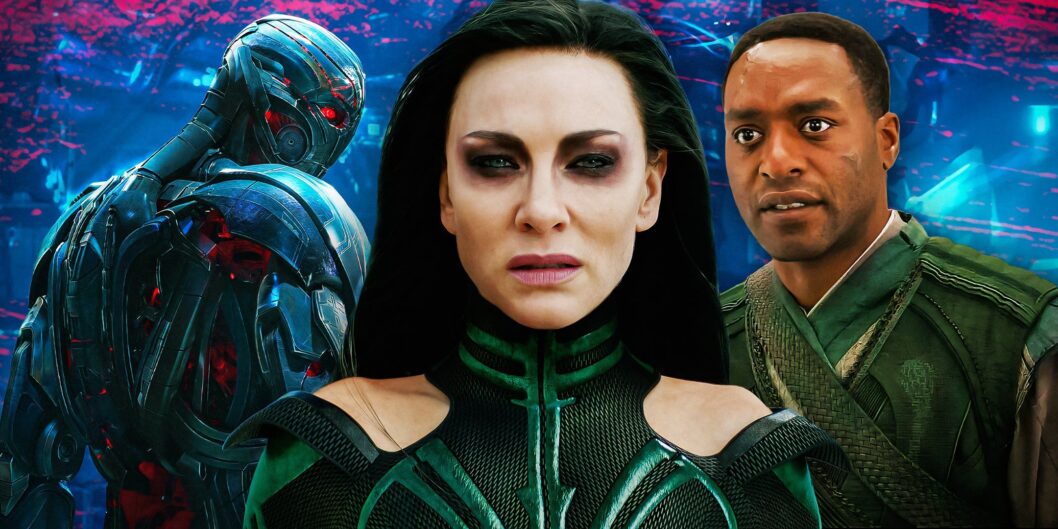Exploring the Best Martial Arts Films: A Journey Through Action-Packed Cinema
Martial arts films have long captivated audiences with their high-octane action sequences, showcasing varying styles and techniques that keep viewers on the edge of their seats. While many films in the genre often share similar narratives, some stand out by combining compelling stories with thrilling choreography. This overview highlights ten standout martial arts films that exemplify dynamic action while offering engaging narratives.
1. Fist of Legend (1994)
Directed by Gordon Chan, Fist of Legend stars Jet Li as Chen Zhen, who returns to Shanghai to investigate his master’s death, becoming embroiled in political tensions between Chinese and Japanese martial artists. The film is revered for its outstanding fight choreography, crafted by Yuen Woo-ping, showcasing Li’s precision and power. Despite its historical backdrop, it’s mainly celebrated for its action sequences, making it a definitive classic in the genre.
2. Ong-Bak: Muay Thai Warrior (2003)
In the film directed by Prachya Pinkaew, Tony Jaa stars as Ting, a Muay Thai expert on a mission to recover a stolen Buddha statue head. It’s notable for its breathtaking stunts and choreography that prioritize raw physical talent over extensive narratives. Jaa’s charisma and craftsmanship have cemented Ong-Bak as a quintessential martial arts film.
3. Iron Monkey (1993)
Directed by Yuen Woo-ping, Iron Monkey presents a fictionalized tale of Chinese folk hero Wong Fei-hung, showcasing the struggles against corrupt officials. The film balances character development and exceptional action sequences, with Donnie Yen’s performance standing out. Its engaging storyline, combined with entertaining martial arts, has earned it a faithful following.
4. The Raid (2011)
The Raid, directed by Gareth Evans, set a new standard for action films with its blend of both thrilling story and groundbreaking choreography. The film features an Indonesian police squad, led by Iko Uwais as Rama, as they navigate a drug lord’s fortified building. The film’s relentless pace and realism have made it a landmark in martial arts cinema.
5. The Night Comes for Us (2018)
Directed by Timo Tjahjanto, this film combines horror and action as it follows pizza delivery guy Ito, played by Joe Taslim, who refuses to execute a villager and is hunted down by his former Triad associates. Its uncompromising violence, paired with emotional undertones, adds depth to the relentless action.
6. Riki-Oh: The Story of Ricky (1991)
Often described as a cult classic for its excessive violence, this film directed by Lam Nai-choi sees Ricky (Fan Siu-wong) wreaking havoc in a prison. It’s acclaimed for its over-the-top battles and unique style, making it a memorable film among martial arts enthusiasts.
7. Shaolin Temple (1982)
This film, directed by Chang Hsin Yen, marks Jet Li‘s debut. It follows Jue Yuan, training in kung fu to avenge his father’s murder. Celebrated for its historical and action elements, the film significantly contributed to the resurgence of interest in Shaolin stories in cinema.
8. Five Elements Ninjas (1982)
Directed by Chang Cheh, this film features a tale of revenge after a brutal attack on martial arts students. Its extreme action sequences, while simplistic in narrative, establish it as a memorable entry in the genre thanks to its creativity and energetic fight scenes.
9. Blood and Bone (2009)
Starring Michael Jai White, the film follows Isaiah Bone, who infiltrates the underground fighting scene to settle debts and protect those around him. Directed by Ben Ramsey, it combines gritty realism with impressive fight choreography, highlighting White’s physical prowess.
10. Headshot (2016)
Directed by The Mo Brothers, Headshot tells the story of Ishmael (Iko Uwais), an amnesiac uncovering his past while protecting those who saved him. The film is praised for its emotional depth juxtaposed against relentless action, aligning well with Uwais’s outstanding fight sequences.
Conclusion: The Action-Packed Legacy of Martial Arts Films
The enduring appeal of martial arts films lies not only in their heart-pounding action but also in the cultural narratives and character growth they encapsulate. Films like Fist of Legend and The Raid have pushed the envelope, showcasing incredible choreography that revolutionized the genre. As audiences continue to crave exhilarating action and engaging stories, these films remain essential viewing for fans and newcomers alike, reflecting the dynamic nature of martial arts cinema. Whether streamed on platforms like Netflix or available for purchase, these titles contribute significantly to the cinematic landscape, blending artistry with athleticism in captivating ways.



